Urban Infiltration Practices (with sand/vegetation and no underdrain)
Purpose/Function:
Runoff first passes through multiple pretreatment mechanisms to trap sediment and organic matter before it reaches the practice. As the stormwater penetrates the underlying soil, chemical and physical adsorption processes remove pollutants.
Initiation protocol:
Design specifications require infiltration basins and trenches to be built in good soil, they are not constructed on poor soils, such as C and D soil types. Engineers are required to test the soil before approved to build is issued.
Implementation Factors (level of difficulty):
Difficult. Engineers need to properly design and inspect this practice.
Funding Sources / Options:
Many urban centers initiate a Stormwater Utility Program to pay for this practice.
Costs:
Costs estimated as $ per impervious acre treated.
| Cost Estimates | EPA | King & Hagan | Average |
| Initial | $13,433 | $16,563 | $14,998 |
| Annual | $548 | $227 | $387.50 |
| Lifespan (yrs) | 20 | 20 | 20 |
| Annualized | $1,219.65 | $1,055.15 | $1,137.40 |
Notes: King & Hagan figures are expressed in units of “impervious acres treated”. To convert to urban acres treated, this analysis uses a factor of 0.25, based on two assumptions: (1) there are three acres of pervious land for every acre of impervious and (2) the additional volume required for pervious treatment is minimal.
Load Reduction Efficiency:
Total Nitrogen removed per impervious acre treated per year
|
Low 7.52 lbs. |
Medium 7.78 lbs. |
High 16.23 lbs. |
Cost per pound removed = between $70 and $151
Total Phosphorous removed per impervious acre treated per year
|
Low 0.46 lbs. |
Medium 0.54 lbs. |
High 0.89 lbs. |
Cost per pound removed = between $1,284 and $2,484
Total Suspended Solids removed per impervious acre treated per year
|
Low 160 lbs. |
Medium 244 lbs. |
High 787 lbs. |
Cost per pound removed = between $1.45 and $7.12
Operation & Maintenance:
To receive credit over the longer term, jurisdictions must conduct yearly inspections to determine if the basin or trench is still functioning properly.
Climate Change Considerations:
N/A
Planning Questions to Consider:
Infiltration practices have the greatest runoff reduction capability of any stormwater practice and are suitable for use in residential and other urban areas where measured soil permeability rates exceed a half inch per hour.
Technical Notes:
The major design goal for infiltration is to maximize runoff volume reduction and nutrient removal.
Related Best Management Practices
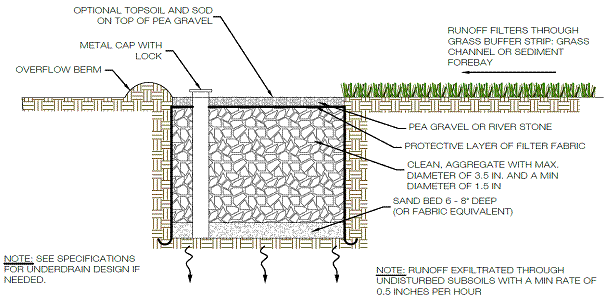
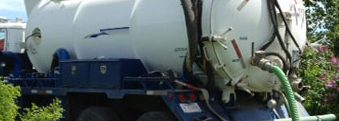


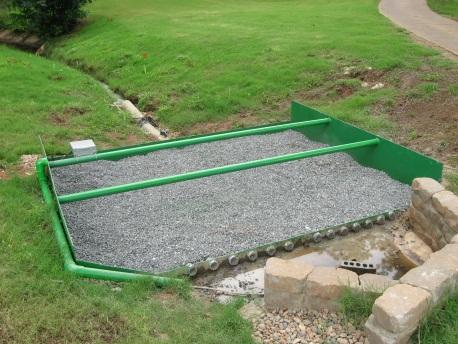
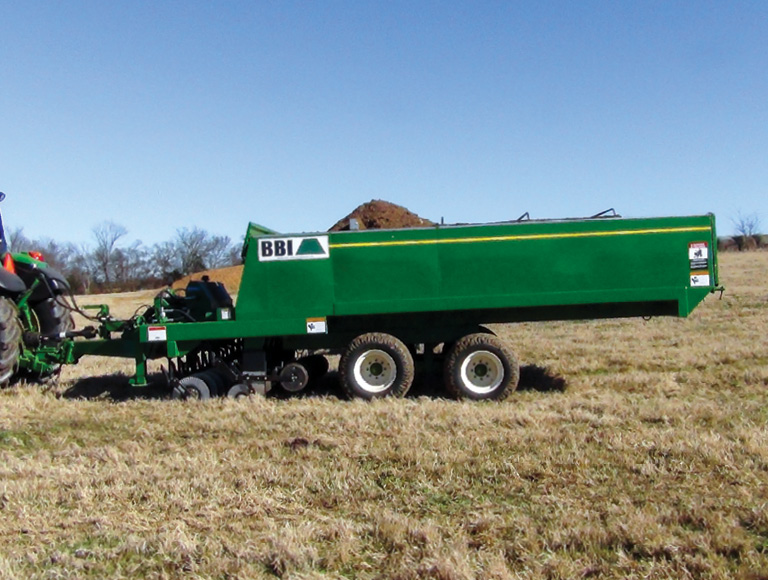
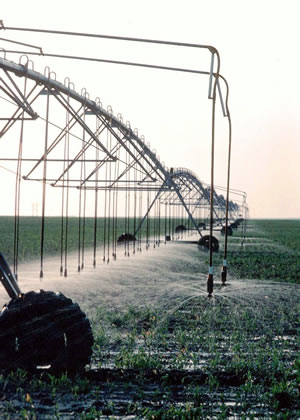
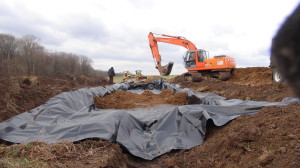
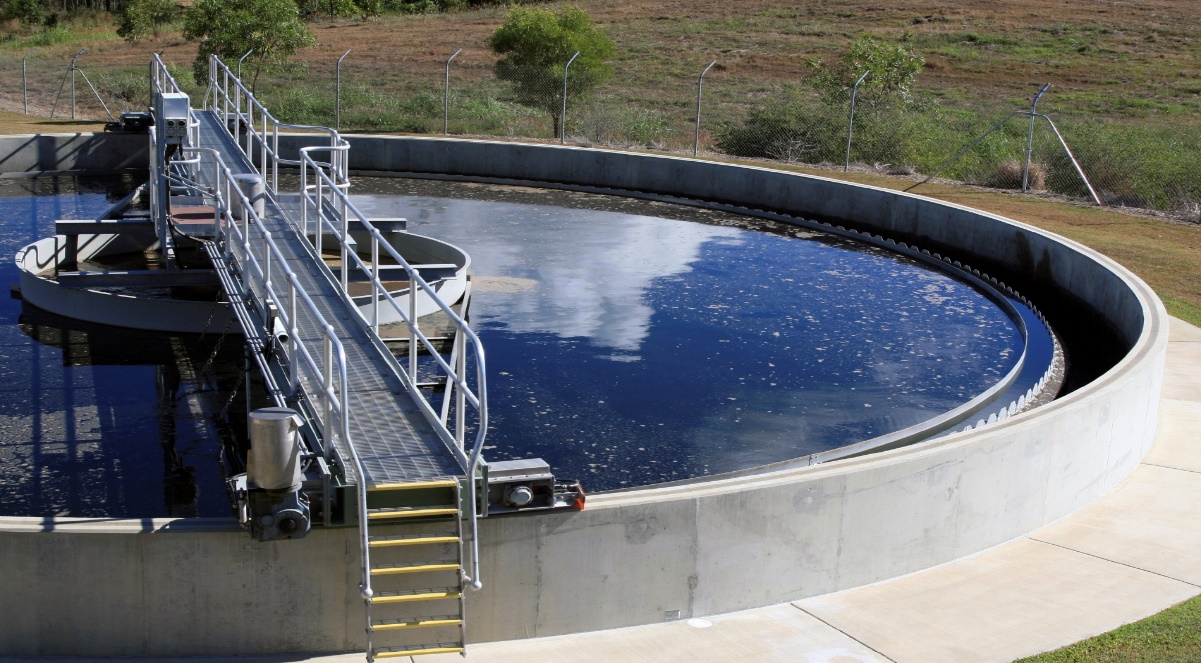


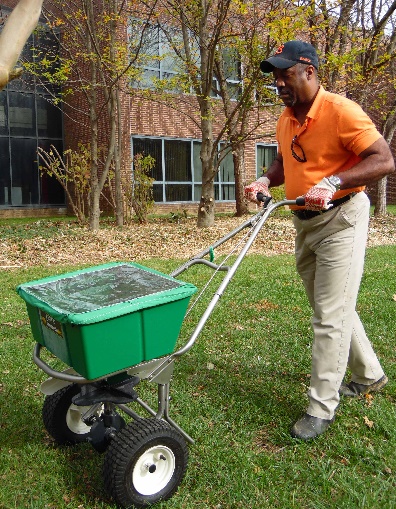

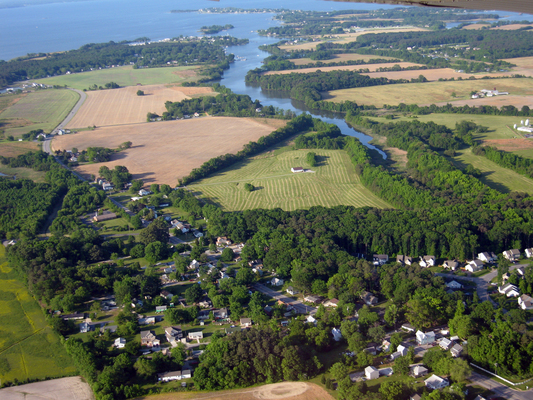
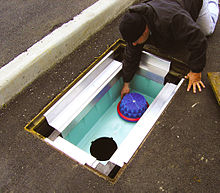
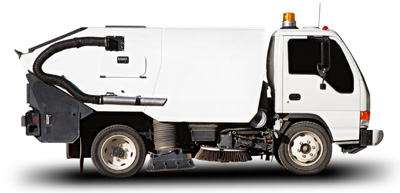
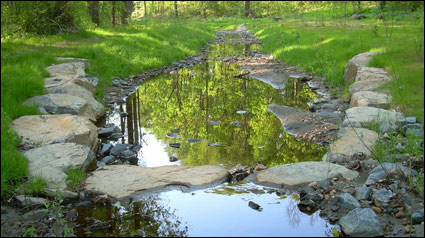
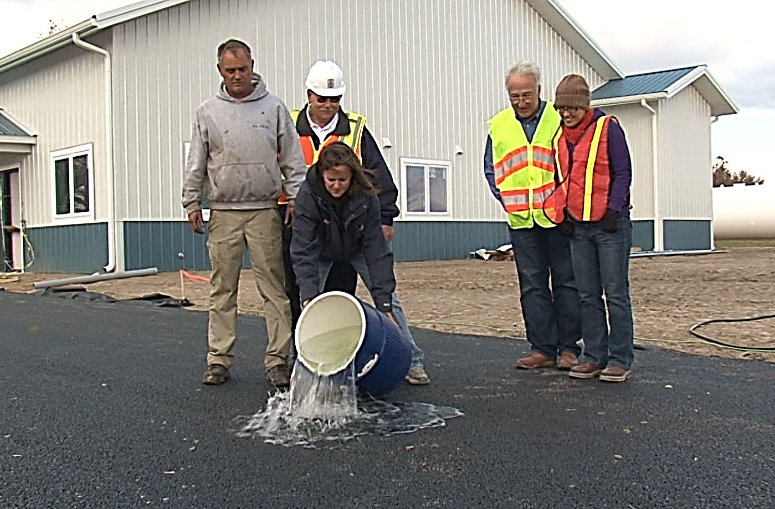
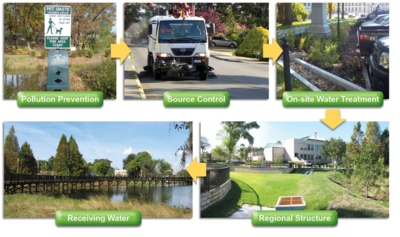
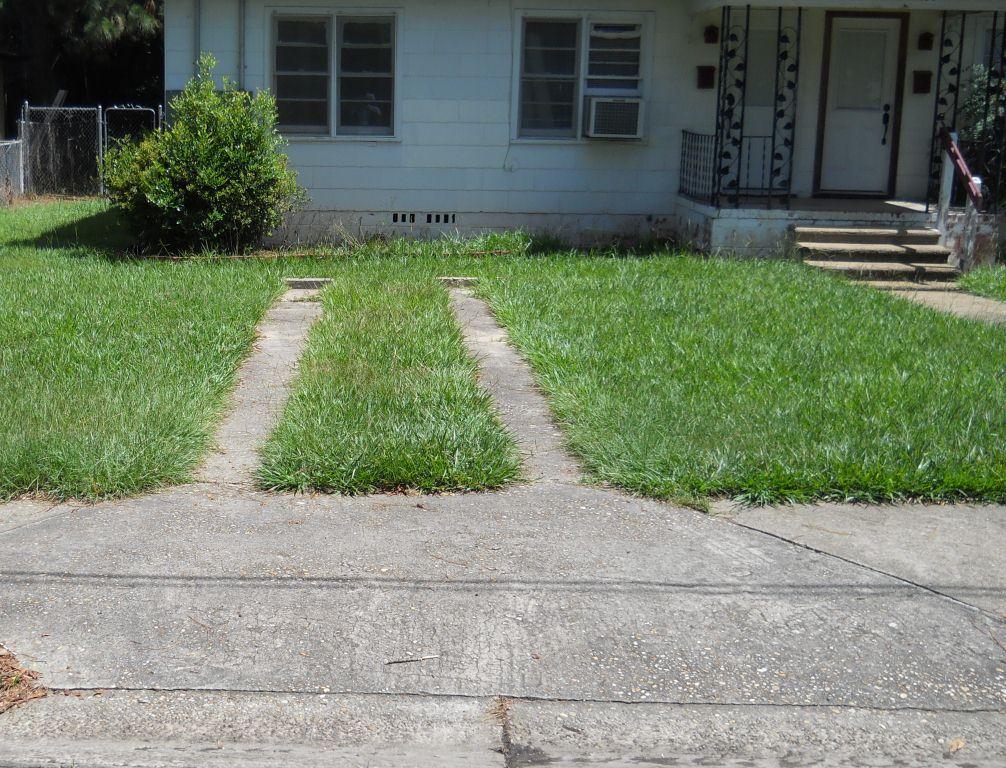

Feedback on This Best Practice